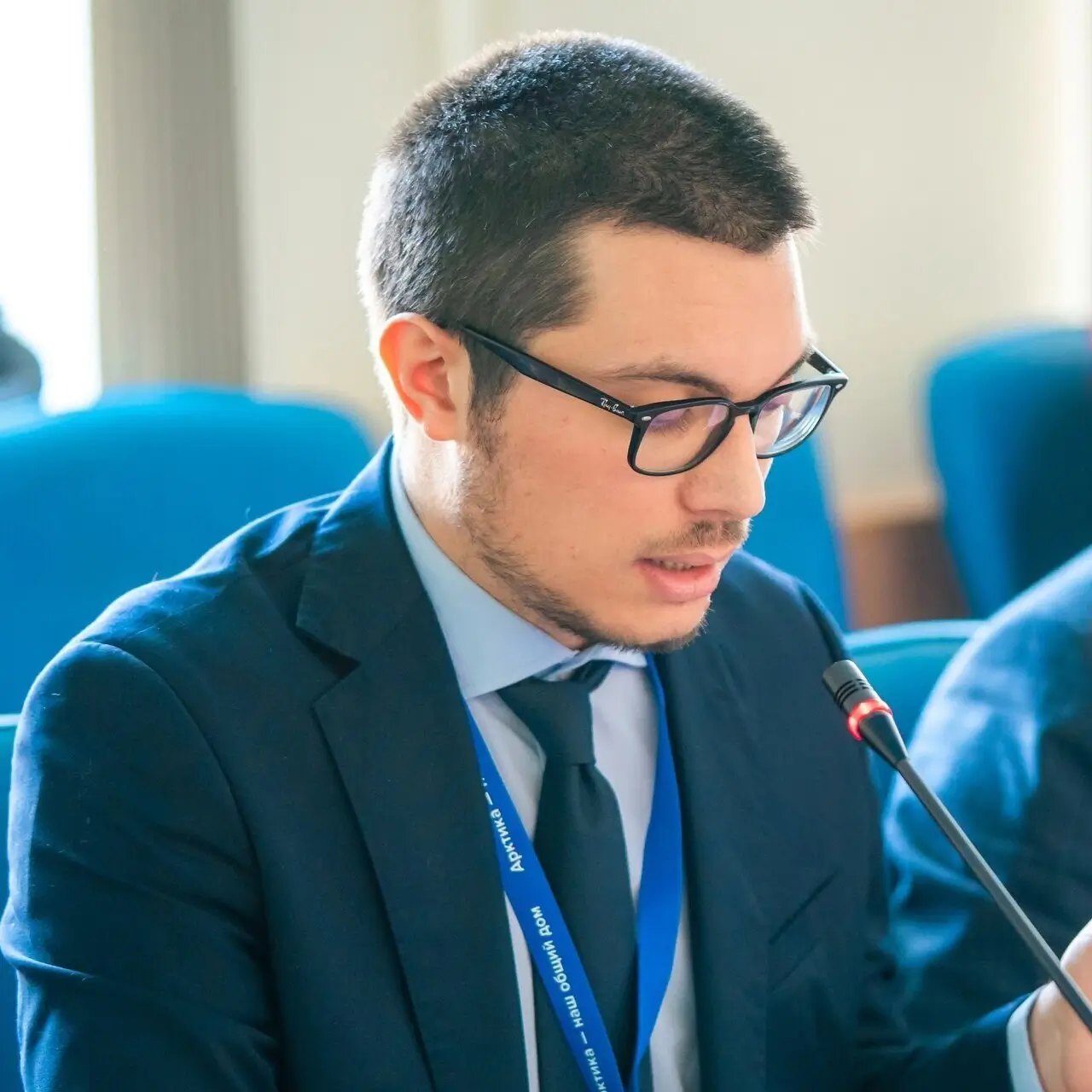
Rendering of Muscovy done after Gerasimov’s descriptions.
Originally published in Osservatorio Artico
In 1525, Dmitry Gerasimov, a Russian ambassador hailed as the ‘Russian Columbus’, proposed an audacious idea that would shape Arctic exploration for centuries to come: a navigable passage through the High North to China.
This bold vision not only marked the first whispers of what is now known as the Northern Sea Route (NSR) but also bridged Renaissance-era diplomacy between Russia and Italy. Five hundred years later, as Russia plans to celebrate this milestone with festivities in 2025, Gerasimov’s daring concept stands as a testament to humanity’s enduring quest to conquer the unknown—and underscores the NSR’s role as a cornerstone of modern Russian ambitions in the Arctic.
1525 marks a historical fact—someone actually proposed a bold idea—that there’s a passage in the High North, and it can be navigated to China! These events mark both the first appearance of the NSR in public discussion as well as an important historical part of Russian-Italian relations. These days, the date has become a convenient historical mark for Russia’s aspirations in the Arctic as the country announced the 500-year anniversary and festivities in 2025, thus signifying the role of the NSR as the national ‘megaproject’ of Russia.
In 2025, the idea to celebrate the anniversary was first proposed by none other than the Chairman of the Russian Maritime Board Nikolai Patrushev and then was solidified in presidential decree.
Russian ambassador, translator and theologian Dmitry Gerasimov was certainly a passionary of his time. He had been in Muscovy’s embassies to Prussia, Sweden, Denmark. One of his most prominent missions was to Rome when the Pope Clemens VII was trying to organise a coalition against the strengthening Ottoman Empire. One of the invitations was sent to the emerging state of Muscovy to confront the Turks.
In Rome, Gerasimov had gained renown as a great conversationalist and theologian. He received a latinised name—Demetrius Erasmius—and a nickname: Paolo Giovio, a famous Italian humanitarian scientist of the Renaissance, called Gerasimov a ‘Russian Columbus’ because of his vast geographical knowledge. Roman scholars were surprised with Geramisov’s knowledge of the Bible and understanding of sciences. They have expected ‘a barbarian’ but instead had seen an equal academician.
Based on the descriptions given by Gerasimov, Paolo Giovio managed to portray a scheme of Muscovy. At the same time, it is believed, Gerasimov proposed an idea that one can navigate the northern seas in order to reach China.
The documents show that northern territory was practically uncharted and considered terra incognita, and explorers at the time had a very vague picture of the North. This can be clearly seen on Giovio’s map and in his verbal descriptions of the peoples of the North made after Gerasimov’s visit. For example:
“In Novgorod there is an almost eternal winter and the darkness of very long nights.”
Giovio’s account of their dialogues can be seen in the book Embassy of Vasily Ivanovich, Grand Duke of Moscow, to Pope Clement VII. Here we see the very first historical assumption that the Northeast Passage can be utilised if one takes the route from Dvina into the northern seas and continues to travel East:
“However, it is well known that the Dvina, carrying away countless rivers, rushes in a swift current to the North, and that the sea there has such a huge extent that, according to a very probable assumption from there it is possible, keeping to the right bank, to reach the country of China by ships, if there is no land in between,” wrote Giovio.
Later, circa 1550, based on the same data, famous Italian cartographer Battista Agnese built the map of Muscovy for his Portolan Atlas. We see a very vague depiction of Oceanus Scithicus once again, but this once again proves that the Northeast Passage appears in European academic discourse of the Renaissance.

A map done by Battista Agnese.
This mission, although practically pointless in its anti-Ottoman efforts, was a great success for Russia as an emerging power in Europe and also has become a source of knowledge for Muscovy. It is believed that from this trip to Rome Gerasimov had gained the necessary knowledge and popularised information about the first circumnavigation of the Earth by Ferdinand Magellan. He translated the letter by Maximilian Transilvan who had discussed the trip with captain Juan Elcano himself, a leader of Magellan’s expedition.
In a sense, these events mark the beginning of Arctic geography and signify that key personas have begun to analyse the opportunities in the North of Russia. This bold idea had beat the clock for 400 years, until the NSR actually was passed in 1932 by Otto Smidt’s expedition. Interestingly, it’s also almost exactly 400 years until Russia (as the USSR) and Italy cooperate in the High North, when the icebreaker Krasin will have aided Umberto Nobile’s Arctic expedition in 1928.
These days, Gerasimov’s 1525 embassy primarily remains a convenient historical mark and the base for Russian vision-building of the Route, but it certainly is curious because of the visionary nature and boldness of the ‘Russian Columbus’.

Journalist
Osservatorio Artico

Analyst, Associate Editor
The Arctic Century

